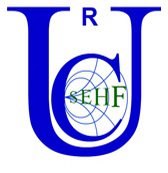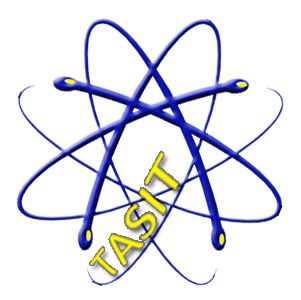
Oral Session B : Saturday, March 23, 2013 / 9:00 - 10:00
| 56 | Reducing the number of iterations in the WCIP method in case of space excitation |
Hafedh Hrizi Noureddine Sboui Henry Baudrand | |
Abstract: The WCIP method (Wave Concept Iterative Process) is a numerical method used for modeling electronic HF circuits (High Frequency). In some cases, this method requires a big number of iterations to converge to the optimal result. It will take a lot of computing time. For this, we use an autoregressive an adaptive filter to reduce the number of iterations calculated by this method. | |
| 84 | Modeling of a Straight Carbon Nanotubes antenna: Comparison of electromagnetic Approach and Transmission Line Model |
Mourad Aidi Aguili Taoufik | |
Abstract: Carbon nanotubes are allotropes of carbon, formed by a rolled-up sheet of grapheme. There are characterized by important electrical proprieties at high frequency which make them good candidates for microwaves systems such as antennas applications. The aim of this paper is related to the assessment of a current distribution along the dipole nanotubes antenna using the transmission line theory and antenna theory respectively. The dipole antenna is excited at its center by a gap voltage source. The antenna theory uses the Pocklington equations and has been solved using Galerkin method, while the transmission line approach uses the telegrapher’s equations and has been solved using the transmission line technique. Some illustrative numerical results have been presented to discuss the performance of carbon nanotubes antenna compared to conventional thin wire antenna. | |
| 123 | Modal Analysis To Study 1D-Dimensional Planar Periodic Structures |
Bilel Hamdi Taoufik Aguili Henry Baudrand | |
Abstract: In this paper, we present a new modal analysis which is necessary to study a 1-D periodic phased array antenna excited by arbitrary located sources. The latest require an accurate estimation for calculation of the mutual coupling parameters (for example: mutual impedances or admittances....) between the array elements and their effects integrating a large planar structure. The spectral formulation is suggested to solve the problem and to provide to calculate the coupling coefï¬cients between the neighboring elements in a periodic environment. One numerical method is used for modeling the proposed structures: the moment method MoM. | |


Associated Laboratories
 |
 |
 |
 |
Gold Sponsors
 |
 |
 |
 |
 |
|||

![[Alternative text]](../lib/images/photos/tunisieBanners/1.jpg)
![[Alternative text]](../lib/images/photos/tunisieBanners/2.jpg)
![[Alternative text]](../lib/images/photos/tunisieBanners/3.jpg)
![[Alternative text]](../images/templatemo_banner.png)